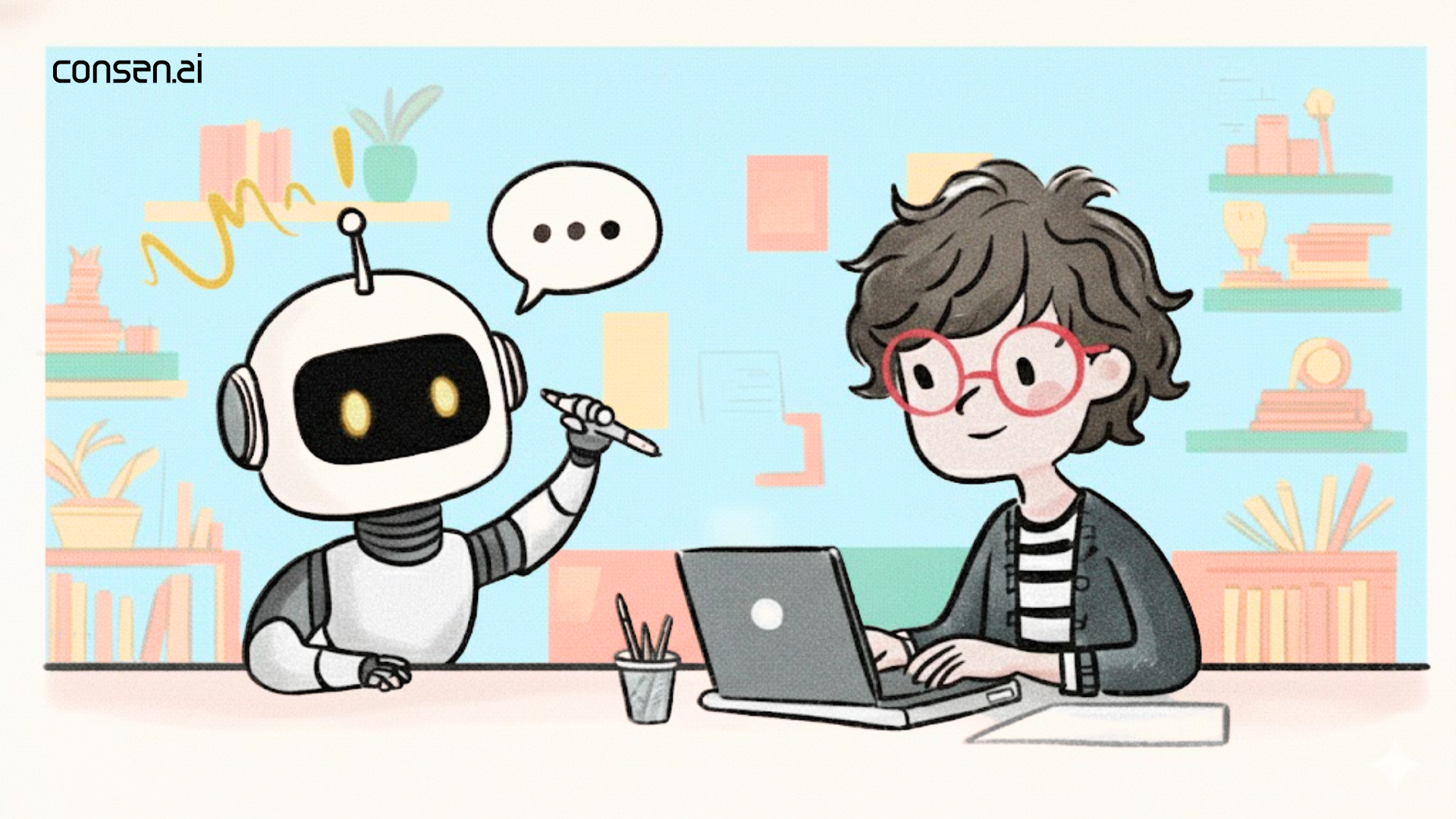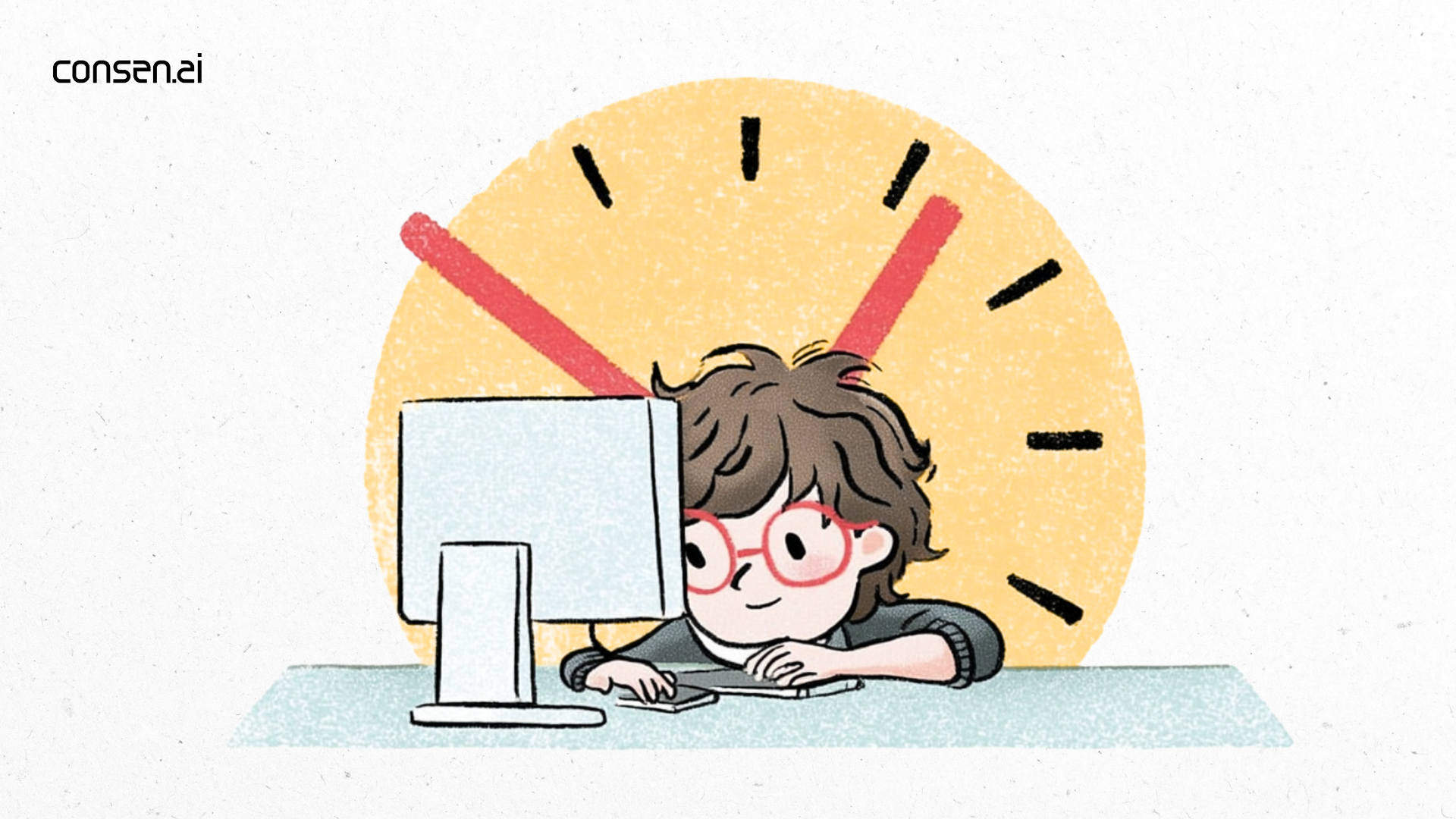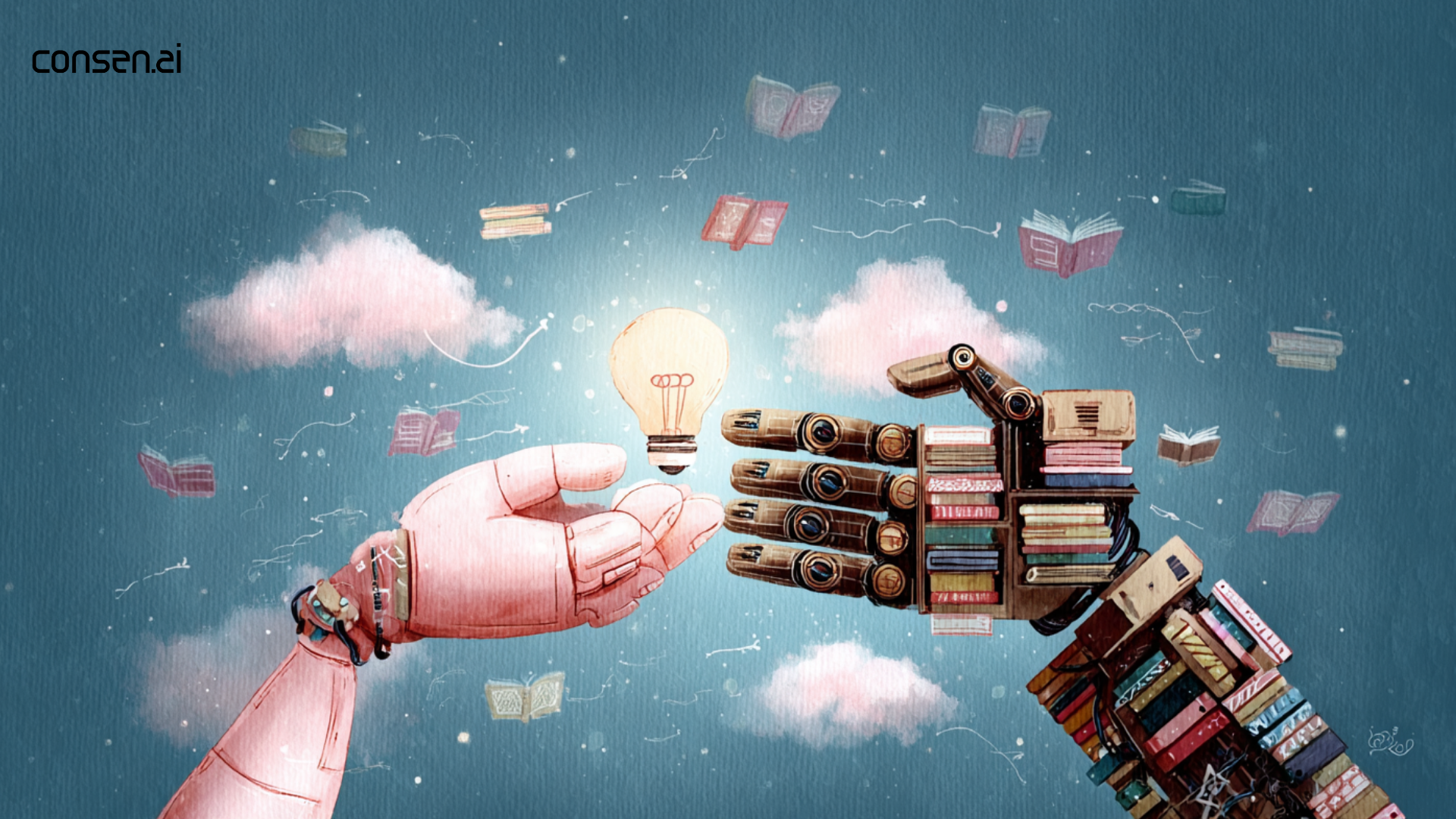Key Takeaways
- AI-powered tools automate repetitive tasks, significantly reducing translation time.
- Neural machine translation enhances accuracy, but human oversight remains crucial for quality.
- AI facilitates cultural adaptation, yet human translators ensure cultural nuances are respected.
- AI empowers human translators by freeing them for more creative tasks and creating new industry roles.
- Embracing AI in translation can lead to improved efficiency and expanded market opportunities.
Revolutionizing Translation: The AI Promise
Have you ever wished that translating documents could be as quick and seamless as snapping your fingers? Thanks to AI-powered tools, this dream is edging closer to reality. Imagine reducing your translation revision time by up to 75%—that's what AI promises. In this second part of our exploration, we'll dive into how artificial intelligence is reshaping the landscape of translation by tackling some of its most persistent challenges.
In Part 1, we discussed the initial steps AI has taken in the translation industry. From improving basic translation accuracy to introducing automation, AI has already made a significant impact. This time, we are focusing on how AI is not just automating processes but enhancing accuracy, enabling cultural adaptation, and empowering translators to take on more creative tasks. It's an exciting time, and AI is at the heart of this transformation.
Let's break down the key areas where AI is making waves:
- Automation: AI is taking over repetitive tasks such as formatting, allowing translators to focus more on the nuances of language.
- Accuracy: With advancements like neural machine translation, AI is improving the precision of translations, drastically reducing errors.
- Cultural Adaptation: AI helps tailor translations to fit cultural contexts, though human oversight remains crucial to avoid over-localization.
- Empowering Translators: By handling mundane tasks, AI allows human translators to concentrate on more creative and complex aspects of their work.
As we explore these areas, you'll see how AI is not just a tool but a catalyst for change in the translation industry.
Streamlining Workflows: Automation in Translation
In the world of translation, time is money, and nothing eats up more time than repetitive tasks. This is where AI-powered tools come into play, streamlining workflows by automating these mundane processes. Imagine not having to worry about formatting or ensuring style consistency across documents. Sounds like a dream, right? That's exactly what Computer-Assisted Translation (CAT) tools offer. By automating these repetitive tasks, translators can focus on what truly matters—delivering high-quality translations.
CAT tools are a game-changer when it comes to maintaining style consistency. They ensure that every document follows the same format and styling rules, freeing translators from the tedious task of manual formatting. This not only saves time but also improves overall translation quality by reducing human error. Moreover, these tools can store translations, allowing for easy reuse in future projects, which significantly speeds up the translation process.
Another significant advantage of AI in translation is its impact on project management. Tools like Google Translate offer smart project management features that help reduce workload by efficiently managing timelines and deadlines. These tools can quickly analyze large volumes of text, identify patterns, and suggest translations, thus accelerating project timelines and enhancing productivity.
Precision in Translation: Boosting Accuracy and Quality
In today's fast-paced world, where communication knows no borders, the accuracy of translations is more critical than ever. That's where neural machine translation (NMT) comes into play. Imagine having a tool that can understand context, nuances, and the intricacies of languages—this is precisely what NMT, powered by deep learning technologies like Google Neural Machine, achieves.
These advanced systems work by analyzing large datasets to produce translations that aren't just literal but contextually accurate. They look for language patterns and make in-depth comparisons to ensure the translated text retains the original meaning. This approach significantly reduces errors and enhances the quality of translations, making them more reliable and efficient.
However, as efficient as AI can be, maintaining high standards requires a balance between machine efficiency and human oversight. While AI can handle the heavy lifting, human translators are essential for refining these translations, ensuring cultural relevance, and maintaining the brand's voice. This partnership between human expertise and machine efficiency is what truly elevates the quality of translations.
Beyond Words: Cultural Adaptation and Localization
Navigating the intricacies of language is just one part of the translation puzzle. The real challenge lies in adapting content to resonate with local cultures. AI tools have stepped up to the plate, offering solutions that delve beyond mere word-for-word translation. These tools are equipped to handle the subtle art of cultural adaptation, ensuring that translations are not only accurate but also culturally relevant.
Take the example of companies like Reddit and Airbnb, which have leveraged AI to expand their reach across multiple languages. They effectively used AI to seed content in various languages, breaking down barriers for new users in different markets. However, these companies didn't stop at the translation—they ensured that the local adaptations maintained their brand voice, proving that AI can be a powerful ally when paired with human oversight.
Yet, there's a fine line to walk. The risk of over-localization is real and can dilute a brand's global identity. Imagine having separate content for UK English, US English, and Australian English—while it seems like a good idea, it can lead to duplicate content issues and confused search engines. The key is finding a balance. As highlighted by Linguidoor, companies need to be strategic. Instead of creating separate pages for minor language variations, they should focus on dynamic localization for elements like currency and date formats. This approach not only preserves SEO strength but also minimizes operational headaches.
Ultimately, the success of cultural adaptation hinges on the synergy between AI efficiency and human expertise. AI can handle the heavy lifting—processing large volumes of content quickly and finding local keyword variations—but it still requires the nuance that only human translators can provide. By integrating AI as a supporting tool, businesses can ensure that their translations are both culturally relevant and true to their brand essence. For more insights on how AI is transforming the translation process, you might want to check out our related post on streamlining workflows with AI in translation.
Augmenting Human Creativity: The Role of AI
Imagine a world where translators are no longer bogged down by the monotony of repetitive tasks. Instead, they can channel their energy into what truly matters—crafting translations that resonate on a deeper level. AI-powered tools are making this a reality by taking over the mundane, leaving the creative to the humans.
AI's role in the translation industry isn't about replacing human translators but redefining their roles.AI helps streamline processes, allowing translators to focus on the creative nuances that machines still struggle with. This shift is opening up new roles and opportunities such as post-editing and quality control, where human expertise is indispensable.
Post-editing is becoming a sought-after skill as more businesses realize the need for human oversight in AI translations. Translators are stepping into roles where they ensure that the translations not only make sense but also maintain the intended tone and context. This human touch is crucial, especially in high-stakes fields like legal and medical translations where accuracy is non-negotiable.
Quality control is another area where translators are thriving, ensuring that the AI-generated translations meet industry standards. As AI continues to evolve, so too do the opportunities for translators to expand their skill sets and take on roles that blend technical acumen with linguistic expertise.
Ultimately, AI is not putting translators out of work but rather elevating the profession. By automating the tedious, AI empowers translators to focus on the art of translation—capturing the subtleties and cultural nuances that make language so rich. If you're keen to explore more about how AI is reshaping the translation landscape, check out our discussion on Revolutionizing Translation: The AI Promise.
Embracing the Future: AI and Translation
In the vibrant world of translation, AI is not just a tool—it's a game-changer. Imagine slicing your project timelines and boosting accuracy without breaking a sweat. That's the reality AI brings to the table. By automating repetitive tasks and streamlining processes, AI-powered tools are enhancing the efficiency of translation workflows, making them more seamless and less time-consuming. This transformation allows human translators to dive deeper into the creative aspects of their work, focusing on nuances and cultural relevance that machines can't yet master.
Accuracy is another arena where AI shines brightly. With the advent of neural machine translation, the gap between machine and human translations is narrowing. These advanced tools analyze vast amounts of data to improve translation precision, ensuring that the final output is not only quick but also accurate. However, the human touch remains invaluable, especially when it comes to interpreting cultural subtleties and maintaining brand voice. As one source notes, "AI has made machine translation tools far more reliable, yet the nuances of language still require human intervention."
Looking ahead, the integration of AI in translation is not just about enhancing current capabilities—it's about opening new doors. Translators and businesses alike stand to gain from embracing these technologies, not only in terms of efficiency and cost savings but also in terms of creativity and innovation. As AI continues to evolve, it will undoubtedly carve out new opportunities within the translation industry, creating roles that blend technology with human expertise.



